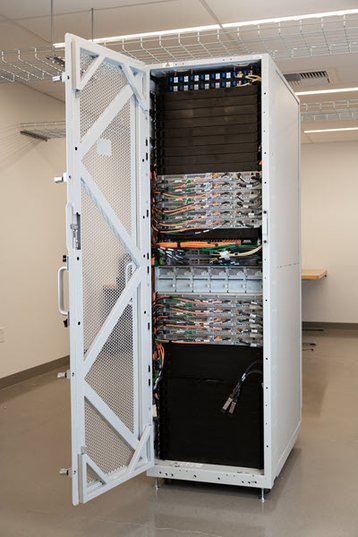Amazon Web Services (AWS) has launched new Outpost offerings including racks and servers designed for telecommunications customers.
AWS Outposts is an on-premise offering that was first launched in 2018.
The new AWS Outposts racks, announced at Mobile World Congress, have been designed for high throughput, network-intensive workloads, and AWS Outposts servers designed for Cloud Radio Access Network (RAN) workloads.
This is hoped to help telcos modernize legacy networks and deploy virtualized cloud-based networks, while bringing AWS' cloud infrastructure offerings to telcos' on-premise data centers and Edge locations, making it easier for telcos to use both on-prem and in-region AWS services.
Both offerings will be made generally available later this year and will support hosting 5G Core user plane function (UPF), RAN centralized unit (CU), and RAN distributed unit (DU) workloads.
The Outpost racks have Amazon EC2 4th Generation Intel Xeon Scalable-based (Sapphire Rapids) bare metal instances, and are built on the same AWS Nitro System that is used in AWS ergions.
“With the new AWS Outposts offerings, the AWS cloud continuum can now extend to the furthest edge of the 5G network, allowing telcos to run their entire 5G network including 5G Core and 5G RAN on AWS cloud services. The AWS Outposts rack offering features a new architecture that allows cost-efficient capacity scaling to meet the growing throughput demands on the most densely populated 5G networks globally," said Dave Brown, VP of compute and networking at AWS.
Brown added: "These offerings will empower telcos to build a future-proof cloud infrastructure to support 5G and beyond. The breakthrough innovations will enable superior end-customer experiences, faster network deployment, better price performance, and reduced cost of ownership."
Customers of the current AWS Outposts offering include FanDuel, Vapor IO, and Edge UOL.
The company also has Wavelength zones, which puts AWS hardware within the telco providers’ data centers at the Edge of communications service providers’ 5G networks. The service aims to offer low-latency compute for 5G use cases.







